HEALTH AND SAFETY OF THE ATHLETES
HEALTH AND SAFETY OF THE ATHLETES
As Special Olympics Coaches, Volunteers & Staff we pledge to:
- Ensure that the equipment and facilities are safe to use.
- Ensure that the equipment, rules, training and the environment are appropriate for the age and ability of the athletes.
- Review each athlete’s medical and profile forms and be aware of any limitations on that athlete’s participation noted on that form. I will keep all information on the medical and profile forms confidential unless medical attention is necessary.
- Provide for the general welfare, health, and safety of any athlete(s) in my charge during the course of my assigned duties.
- Report any emergencies to the appropriate authorities after first taking immediate action to ensure the health and safety of the participant. I will complete an Accident/Incident Report Form for all accidents or injuries.
- Encourage athletes to seek medical advice when required.
- Allow further participation in training and competition only when appropriate.
- Maintain the same interest and support towards sick and injured athletes.
- Ensure that prescribed medications are taken at the proper times.
RECOMMENDED EMERGENCY MEDICAL PROCEDURES
- Do not move an athlete who you believe may be seriously injured, especially in the case of a head, neck or back injury.
- A responsible person must stay with the injured athlete at all times and have the athlete’s Medical Release Form available.
- For a medical emergency in the United States, a responsible person should call 911 for the paramedics as quickly as possible, and go to meet them at the site entrance.
- Contact the parent or care provider as soon as possible.
Information to give the emergency operator:
- Caller’s name
- Name of site and location of its intersecting streets
- Injured athlete’s location at the site
- Type of injury
EMERGENCY MEDICAL PREPAREDNESS
What is medical emergency preparedness, and how do I prepare?
Answer the following questions to assess your preparedness for emergency medical response. The answer to all questions should be “yes.” If an answer is “no” you should take steps to address the situation.
Medical Emergency Awareness
- Are coaches and chaperones aware of athletes’ pre-existing medical problems, such as diabetes, epilepsy or allergic reaction to a bee sting?
- Do coaches and chaperones have ready access to the Athlete/Parent Release Forms which give permission for medical treatment in case of emergency?
- Do coaches and chaperones have these waivers available at each of the training sessions and competitions?
- Is a well-stocked first-aid kit also available at the training sessions and competitions?
- Have coaches been instructed how to use the materials in the first-aid kit?
- If a medical emergency occurs at a training site, do coaches know the location of the nearest telephone to call the appropriate emergency number? If that phone is a locked room, do they have a key? Is a custodian on duty and easily found? If the phone is out of order, do they know the location of the next available phone? It is a switchboard phone; do they know how to get an outside line?
- If a medical emergency occurs at an event or training site, are there adequate assistant coaches or volunteers available to stay with other team members while medical emergency procedures are taken?
- If a medical emergency occurs at a competition of event, does each coach and volunteer know the emergency plan: who to contact, location of contact, method of communication and follow-up procedures? Has an emergency plan been developed, and has it been included in the pre-event training of each volunteer?
- If paramedics have to be called, will they find locked gates blocking access to the injured athlete? If so, do coaches or volunteers have a key for those gates or a way to get one quickly?
- Do coaches or chaperones have a list of the names and phone numbers of the parents or group home providers to call in the event of a serious injury?
- Where is the nearest hospital to the training or competition site? Is that where an ambulance will take the injured athlete?
- If the answer to any of these questions is “no,” coaches or volunteers are not prepared to deal with a medical emergency at an event or training site.
DEVELOPING AN EMERGENCY MANAGEMENT PLAN
- Development of an Emergency Management Team
- Ideally, a physician, an athletic trainer, or a physical therapist knowledgeable in the triage and immediate management of athletic injuries should cover practices and games.
- The coach should provide the athletes’ medical forms and any special instructions to medical personnel.
- An emergency medical technician (EMT) and ambulance should be available immediately upon calling.
- The coaching staff should be educated and skilled in immediate management designed to contain the extent of the illness/injury until appropriate medical personnel are available.
- The coach and all personnel should be certified in cardiopulmonary resuscitation (CPR) and first aid.
- The coach should assess the situation as quickly as possible after an incident has occurred.
- The coach should assess the incident right where it occurred to determine whether the athlete can be safely moved.
- The coach should know the athlete and his/her personality to best assess injury versus reaction.
- The coach should remain calm, which will also serve to keep the athlete and others calm.
- The coach should listen to the athlete describe what happened.
- The coach should ask simple, clarifying questions.
- The coach should observe the athlete’s face and eyes while talking.
- The coach should observe for any asymmetry, trauma, general body alignment and functional abilities.
- The coach should survey the area where the injury occurred for any unsafe articles or terrain.
- The coach should evaluate the criticality of the situation, and then institute action based on the evaluation of the situation (see enclosed chart).
- The primary survey evaluates airway, breathing, circulation and consciousness.
- The secondary survey evaluates the seriousness of all other injuries once it is determined that the athlete is breathing and alert, with good cardiac function.
- If no medical personnel are available, the coach should respond based on his/her assessment of the critically of the situation.
- When in doubt, do not put the athlete back into play.
- Always refer to a healthcare professional for additional follow up.
CRISIS MANAGEMENT
What do I need to know about crisis and emergency management?
A crisis management plan is vital to ensuring that Special Olympics Program staff and volunteers know what to do and how to properly communicate during a crisis. This plan is absolutely necessary because incidents involving athletes and volunteers may occur during Special Olympics events. Prior planning is often the only difference between a properly handled incident and a disorganized, rapidly escalating crisis. Each Special Olympics Program must be prepared to handle any type of emergency situation.
How can I develop an emergency action plan?
Though this Coach’s Guide is not designed to provide you with a Crisis Management Plan, you should be aware that four steps are critical to creating an effective crisis communication plan:
- Establish a chain-of-command
- Identify a media spokesperson
- Prepare a statement to/for the media
- Follow emergency action plan procedures
Details on how to develop a crisis management or emergency action plan can be found in the Special Olympics Risk Management Manual (Section E). Additionally, various Special Olympics Programs have created very effective and comprehensive plans that can be adapted to other groups.
What about a crisis communication plan?
It is absolutely critical to plan ahead when developing a crisis communication plan. Special Olympics has included a chapter on crisis management communication in the Special Olympics Public Relations Handbook, which is available through the headquarters’ communications department or online on the Special Olympics Knowledge Management System (KMS). Check with your state or national Program for information on how to access KMS.
MEDICATIONS
Medications (prescription and non-prescription) will not be dispensed without the written consent of the parent and/or guardian of the athlete. If permission is given to dispense medication, it shall be in its original container with the athlete’s name, date, directions and physician’s name. Medications dispensed will be limited to routine oral ingestion not requiring special knowledge or skills of coaches and/or chaperones.
Special Olympics encourages coaches who are interested in additional information to contact the Red Cross and go through First-Aid and/or CPR training which counts toward continuing education requirements.
FIRST AID KITS
Special Olympics teams must have access to a first-aid kit at all competitions, trainings, clinics and other sporting functions. All first-aid kits should include the following items.
|
|



